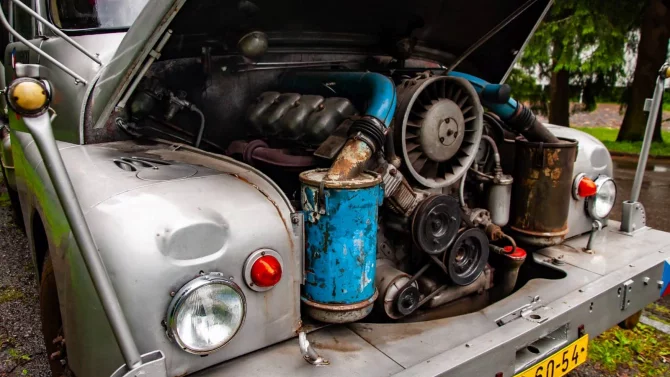...to record lows in February, data showed on Thursday,
boosting market expectations for lower interest rates this year.
Consumer prices rose by 0.1 percent on the month, putting
annual inflation at 2.0 percent using the EU's standard
inflation measure, the Statistics Office said.
The figures were below market forecasts of 0.2 percent
monthly and 2.1 percent yearly inflation in February. The annual
inflation rate dropped from 2.2 percent in January.
"The data are encouraging for the crown. A favourable
inflation outlook also gives the central bank room to lower
interest rates," said Juraj Valachy, an analyst at Tatra Banka.
The central bank, which targets EU-norm inflation as part of
Slovakia's plan to adopt the euro in 2009, said the February
reading was slightly lower than its expectations.
It did not publish its February forecast, but added the
annual inflation rate should be slightly higher in March due to
prices of fuels and possibly also because of higher cost of
services.
Slovak price growth has slowed this year as the impact of
last year's rises in energy costs fades. The central bank
predicts the inflation rate to fall to 1.5 percent in December
2007.
"Although an external shock cannot be completely ruled out,
Slovakia's inflation outlook is very favourable," said Lucia
Steklacova, a senior analyst at ING Bank in Bratislava.
"The recent crown firming has also increased chances for an
earlier reduction in interest rates, which could come as early
as in the second quarter," Steklacova said.
The crown has gained 4.9 percent against the euro in the
past six weeks, and traded at 33.970 per euro on Thursday. This
has tightened monetary conditions and kept a lid on imported
goods prices.
The crown rise has been fuelled by Slovakia's record
economic growth of 8.3 percent in 2006, foreign direct
investment inflows and improving trade balance.
Some analysts, however, say the central bank should not cut
rates before it is sure of meeting euro adoption conditions.
"We expect the central bank to lower interest rates in the
second half of the year, since external inflation risks, mainly
oil prices, still persist," said Maria Valachyova, a senior
analyst at Slovenska Sporitelna.
The central bank held its key two-week repo rate at 4.75
percent for a fifth successive month at its last policy-setting
meeting on Feb. 27.
Keywords: SLOVAKIA ECONOMY/INFLATION
UPDATE 1-Slovak inflation falls to record lows in February
15.03.2007 | Peter Laca, Reuters
Zpravodajství ČTK
 Zdroj: Finance.cz
Zdroj: Finance.cz
(Adds central bank comments in paragraphs 5-6) By Martin Santa BRATISLAVA, March 15 (Reuters) - Slovakia's annual inflation rate fell...
Články ze sekce: Zpravodajství ČTK
AUTA



 Dvě i čtyři doby, tři a čtyři válce: Saab 96 se stal vozem pro individualisty, a to i v Československu
Dvě i čtyři doby, tři a čtyři válce: Saab 96 se stal vozem pro individualisty, a to i v Československu
 Elektromobil jako ojetinu nikdo nechce. Velký český autobazar skončil s jejich nákupem i prodejem
Elektromobil jako ojetinu nikdo nechce. Velký český autobazar skončil s jejich nákupem i prodejem
 Youtubeři zkoušeli, jestli nastartují Tatru 138 odstavenou osmnáct let. Výsledek nikoho nepřekvapí
Youtubeři zkoušeli, jestli nastartují Tatru 138 odstavenou osmnáct let. Výsledek nikoho nepřekvapí
 Test Hyundai Santa Fe 1,6 T-GDI Hybrid: má recept na úspěch i bez naftového motoru?
Test Hyundai Santa Fe 1,6 T-GDI Hybrid: má recept na úspěch i bez naftového motoru?
 Povinnosti účastníků provozu účastníky provozu mnohdy zaskočí. Dnešní kvíz prověří, jestli své povinnosti znáte
Povinnosti účastníků provozu účastníky provozu mnohdy zaskočí. Dnešní kvíz prověří, jestli své povinnosti znáte
